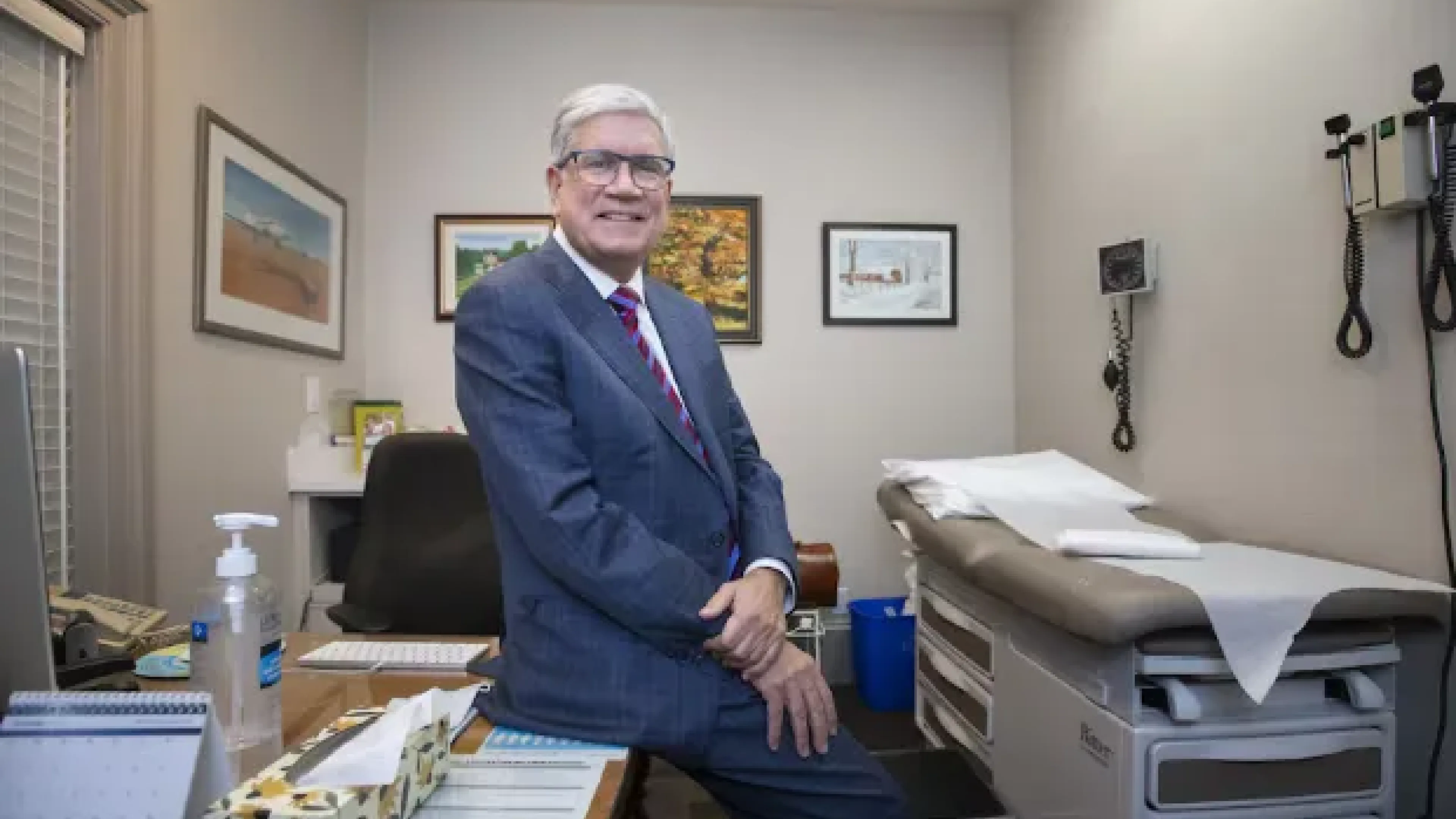You’re reading the web version of our email briefing on health policy, science and medical news. Sign up to get it next week.
Hi Healthwatchers 👩⚕️👨🏾⚕️👨⚕️👩🏻⚕️
Some drama this week. A pharmacist dispensed over 28,000 naloxone doses to one person (🚩) and a cancer charity has been claiming to fund research, but its financial records tell a very different story.
But first, something pretty heavy. A stellar investigation by the Globe looked into the context underlying this year's recall of Silk brand almond and coconut milks.
The story is a wild and tragic ride. If you can find time to read the whole thing, it will stick with you.

Canada’s food safety system is under fire after a listeria outbreak killed three people, caused a miscarriage, and made many others severely ill.
Why it’s important: An overly-automated risk assessment algorithm let a food processing plant with a history of problems evade inspections for five years, resulting in a series of preventable tragedies.
For at least 11 months, a listeria outbreak linked to plant-based milks went undetected at a production facility in Ontario. The CFIA’s algorithm relies heavily on data that’s self-reported by facilities. It failed to flag the site for inspection.
Read more…

Mirror life involves creating living systems with reversed chirality, meaning their building blocks are mirror images of the ones found in nature.
Why it’s important: In nature, DNA uses right-handed sugars, and proteins are made of left-handed amino acids. Microbes made of mirror-molecules could be invisible to our immune systems and resistant to antibiotics, making infections undetectable and unstoppable.
In 2022, Chinese researchers created mirror enzymes that can produce mirror RNA, a key step toward building a mirror cell. Based on current progress, constructing a fully functional mirror cell is likely 10 to 30 years away.
Read more…

The FDA is considering a long-awaited ban on Red No. 3, a petroleum-based food dye linked to cancer in animals and behavioural effects in children.
Why it’s important: Despite evidence linking synthetic dyes to hyperactivity in children, Red No. 3 is still a legal food additive in the U.S. and Canada. It’s already banned in cosmetics (in the U.S., but not Canada) and restricted in other countries.
The FDA is facing increasing pressure following California’s decision to ban the dye. Advocates argue less synthetic alternatives exist, and say banning Red No. 3 is long overdue. With more U.S. states pushing for bans, the FDA's decision could set a key precedent for regulators.
Read more…

For the first time, doctors in Ontario can join the Healthcare of Ontario Pension Plan (HOOPP).
Why it’s important: Starting in 2025, HOOPP will allow self-employed physicians, and their staff, to earn pensions. Feelings are mixed.
While older doctors may see limited benefit, newer ones stand to gain retirement security, especially as tax changes affect their ability to save through medical corporations. For many, it offers a hassle-free alternative to DIY finances. With nearly 26,000 doctors eligible, many are keenly awaiting further details, which will come on January 2nd.
Read more…

Breast Cancer Canada (BCC) claims most donations fund research and awareness, but financial records reveal most of its money goes towards fundraising and commissions.
Why it’s important: BCC spent over 70 per cent of its revenues on outsourced fundraising firms, while claiming these costs were for “education and awareness.”
Internal documents revealed some fundraisers received commissions as high as 60 per cent while using deceptive fundraising pitches. A forensic accountant said BCC’s financial reporting is “consistent with there being either intent or extreme stupidity.”
Read more…

A Vancouver pharmacist has been fined $20,000 and received a six-month suspension on his license.
Why it’s important: The pharmacist dispensed 28,404 doses of naloxone to 301 patients living across B.C., but gave them to a single person acting as a “patient representative.”
Back when I worked on this story, pharmacists told me a billing scam some have used is to take lots of naloxone, throw it in a dumpster, and bill the government for dispensing it. While there’s no evidence of that happening here, if the B.C. government was billed for each dose dispensed, that'd be close to $300,000.
Read more…
And that’s it for this Weekly Dose.
If it gave you something to think about, maybe tell a friend (or alert an adult).
Over the weeks and months ahead, we’re making it easier for you to find what matters to you, specifically — stories by topic, stories by where you live, stories hand-curated and given to you in a way that saves you from having to sift, scroll, and search.
More changes are coming. Until then, I’m here. If you’ve got thoughts, fire away.
See you in a week,
Nick Tsergas, Editor
Canada Healthwatch
[email protected] | canadahealthwatch.ca
Stay informed.
On the most important developments in Canadian health.
Get Canada’s essential briefing on health policy, science, and system change. Get Briefing